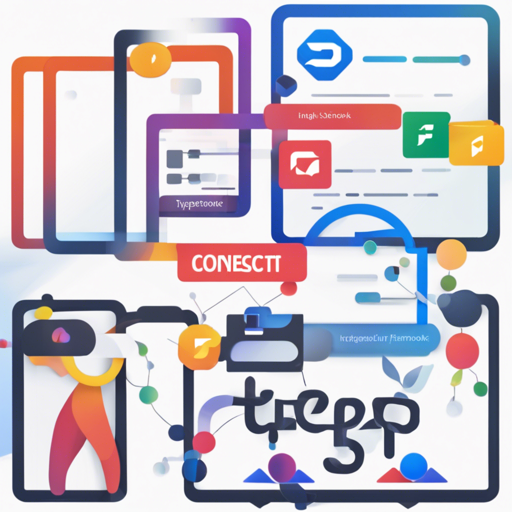Welcome to a comprehensive guide on utilizing the examples-es repository to integrate Connect with various TypeScript web frameworks. In this article, we’ll break down the steps you need to follow to get your projects up and running smoothly, whether you’re working with Angular, React, or any other framework!
Exploring The Example Projects
The examples-es repository is a treasure trove of example projects designed using Connect with several TypeScript web frameworks and tooling. This repository provides clear examples that demonstrate how to integrate Connect into your own projects. It features implementations for both Connect for Web and Connect for Node.
Setting Up Examples
Here’s a breakdown of how to set up example projects for different frameworks:
- Angular: Created using the Angular CLI.
- Astro: Generated using npm with the command:
npm create astro@latest -- --template basics. - Next.js: Generated with the command:
npx create-next-app buf-nextjs --use-npm --ts. - Plain: Developed from scratch using just vanilla JavaScript.
- React: Different variations exist, created using specific tools like Create React App, esbuild, Parcel, Rollup, Vite, Webpack, among others.
- Remix: Generating this application is done with
npx create-remix@latest. - Svelte: Use
npm create svelte app_nameas a starting point. - Vue: Initiated using
npm init vue@latest.
Mobile Projects
The repository also includes a mobile example:
- React Native: Created using the Expo CLI.
Server Examples
For server-side applications, the following examples utilize Connect for Node.js across various frameworks:
- Express: Located in the Express directory.
- Fastify: Located in the Fastify directory.
- Vanilla Node.js: A straightforward implementation using the HTTP package.
- Cloudflare Workers: Implementing Connect on Cloudflare Workers.
Troubleshooting Tips
If you encounter issues while integrating, here are some troubleshooting ideas:
- Dependency Issues: Ensure that all required packages are installed and compatible with your version of Node.js or TypeScript.
- Configuration Errors: Double-check your configuration files and ensure they are set up properly.
- Build Failures: Review the error logs and ensure you have the correct build tools installed. Sometimes, removing node_modules and re-running
npm installcan solve unresolved dependencies. - For more insights, updates, or to collaborate on AI development projects, stay connected with fxis.ai.
Conclusion
Integrating Connect with various TypeScript web frameworks is a straightforward process, especially with the rich examples available in the examples-es repository. Each framework has its unique setup but the principles remain constant. As a final note, remember that configurations may vary based on project requirements, so keep experimenting and debugging as needed.
At fxis.ai, we believe that such advancements are crucial for the future of AI, as they enable more comprehensive and effective solutions. Our team is continually exploring new methodologies to push the envelope in artificial intelligence, ensuring that our clients benefit from the latest technological innovations.

